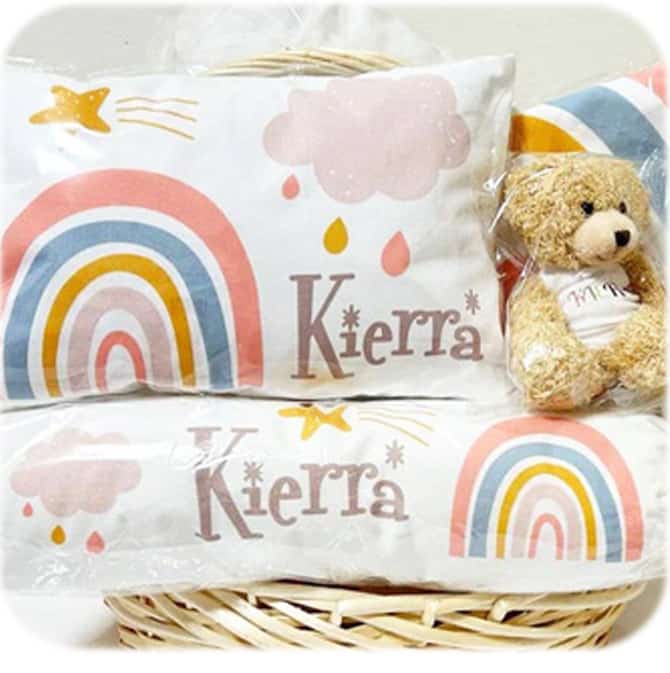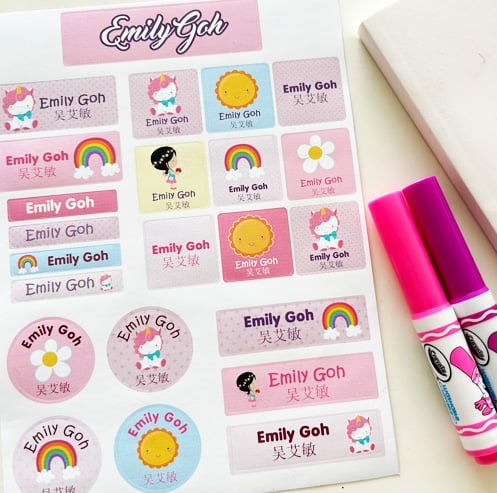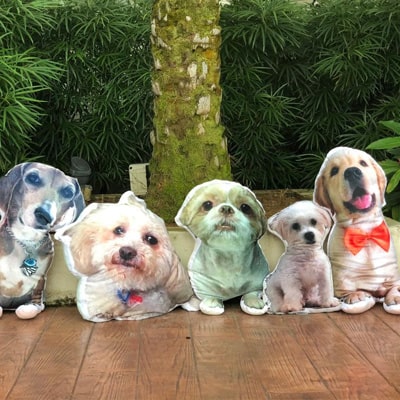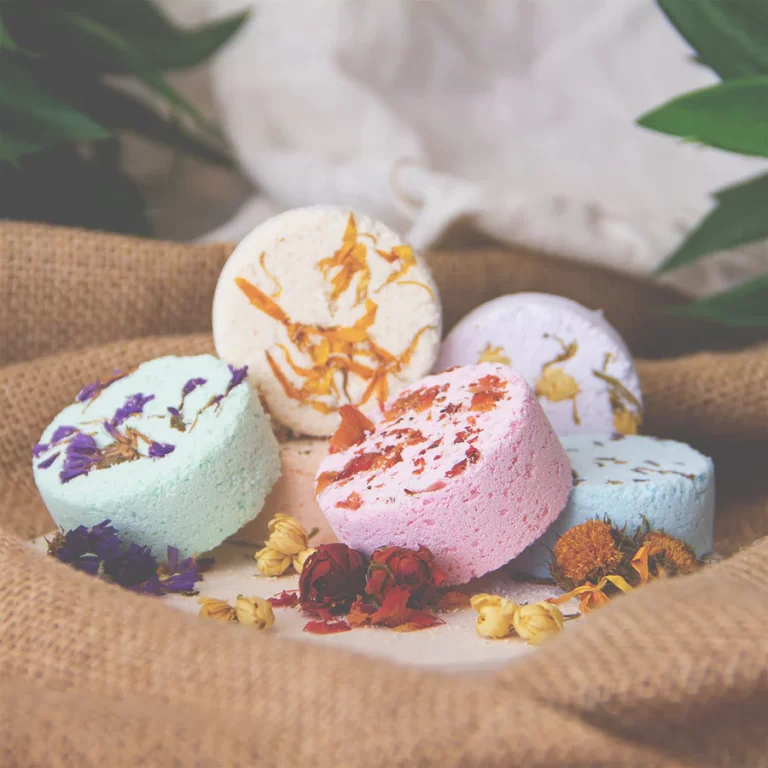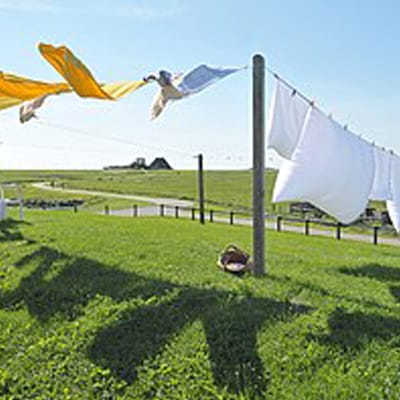Best Baby Teethers in Singapore
When our babies start teething, they definitely make sure we know about it with their sudden bites, and it is certainly very memorable for mummies when babies decide to take a bite during breastfeeding. Ouch.
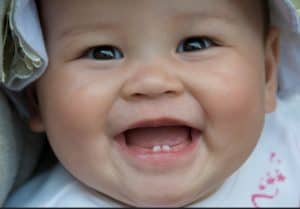
Picture by Thomas Ricker
When do babies are start teething
Most babies start teething between 5 to 12 months and their teeth emerge in the following sequence.
Bottom incisors (bottom front teeth) – 5 to 7 months
Top incisors (top front teeth) – 6 to 8 months
Top lateral incisors (teeth by either side of the top front teeth) – 9 to 11 months
Bottom lateral incisors (teeth by either side of the bottom front teeth) – 10 to 12 months
First molars (back teeth) – 12 to 16 months
Canines (teeth between back teeth and lateral incisors) – 16 to 20 months
Second molars (last teeth at the back of the mouth) – 20 to 30 months
Usually by 3 years old, they should have a full set of 20 milk teeth.
Why do babies bite so much during teething?
Imagine something as big as a tooth, trying to grow out of tender gums. It is definitely uncomfortable, and sometimes painful for the baby. They may bite to soothe their uncomfortable gums. They may also drool alot during this period.
How do we soothe the discomfort during teething?
Applying slight pressure (like a finger massage) on their aching gums help. Chewing on refrigerated, cold teethers or frozen milk popsicles are also helpful as the coldness numbs the pain they are experiencing.
Are teethers really necessary?
Babies like to put everything they can find into their mouths to experiment. A proper teether (we will go on to how to choose one later) is a good toy that can be safely given to a baby for chewing. Chewing on a teether not only help soothe teething pains, but also strengthen facial muscles and tongue, paving the path for speech development.
What should we look out for when choosing a teether?
Teethers with liquid filling or parts that can break away from the main body should be avoided because they are choking hazards.
They should be non toxic, BPA and phthalate free.
They must be easy for babies to grab, and big enough not to be swallowed.
They should be easy to wash and sanitize.
We’ve round up a list of teethers that we love!
- Sophie the Giraffe
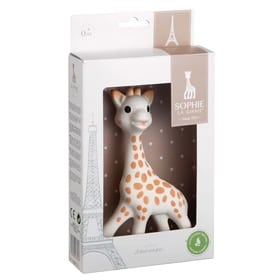
Material – Natural rubber from Hevea trees, and the paint is made from natural rubber and pigments
Can it be washed? Yes, with soap and water.
Can it be sterilized? No, as water may enter the toy when submerged and damage it.
Is it easy for baby to hold? Yes! Babies can easily grab Sophie’s legs and neck.
Sophie the Giraffe teether is available here.
2. Little Bearnies Silicone Teethers
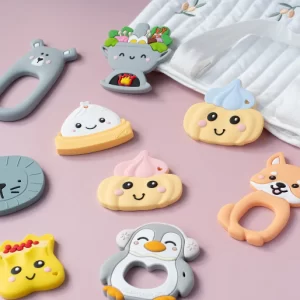
Material – 100% non-toxic, food-grade silicone
Can it be washed? Yes, with soap and water.
Why we love them – it comes in so many designs! We are spoilt for choices!
You can get Little Bearnies Teethers here.
3. BubbleGummy™ Teethers
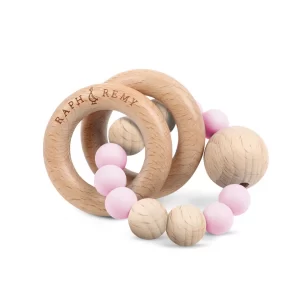
Material – 100% food grade silicone beads that are free of BPA and untreated premium natural beechwood – a hard wood that is durable, sustainable and naturally antibacterial.
Can it be washed? Wipe-clean only; do not sterilise or submerge in water.
Why we love them – we love the pastel hues!
You can get BubbleGummy™ Teethers here.
